156-57-0
| Name | Cysteamine hydrochloride |
|---|---|
| Synonyms |
2-AMino&CYSTEAMINE HCL
1-Amino-2-mercaptoethane hydrochloride 2-aminoethylmercaptan hydrochloride 2-Mercapto ethyl amine hydrochloride EINECS 205-858-1 β-Mercapto ethylamine hydrochloride CYSTEAMINE HCL SOLID Cysteinamine Hydrochloride thiol hydrochloride 2-Mercaptoethylamine hydrochloride Cysteamine Hydrochloride 2-Aminoethanethiol hydrochloride (1:1) Cysteamine (Hydrochloride) 2-Aminoethanethiol Hydrochloride Thioethanolamine hydrochloride 2-Mercaptoethanamine Hydrochloride CYSTEAMINIUM CHLORIDE 2-Mercaptoethylamin 2-amino-ethanethiol hydrochloride 1-Aminoethane-2-thiol hydrochloride Cysteamine HCl mea hydrochloride b-Mercaptoethylamine Hydrochloride 2-Amino-ethanethiol.HCl Ethanethiol, 2-amino-, hydrochloride (1:1) β-Mercaptoethylamine hydrochloride MFCD00012904 Decarboxycysteine hydrochloride 2-Amino-ethanethiol;hydrochloride 2-Mercaptoethylammonium chloride Aminoethanethiol hydrochloride |
| Description | Cysteamine Hydrochloride is an agent for the treatment of nephropathic cystinosis and an antioxidant.Target: OthersCysteamine has been shown to increase intracellular glutathione levels in cystinotic cells, thus restoring the altered redox state of the cells. Also increased rates of apoptosis in cystinotic cells, which are thought to be the result of increased caspase 3 and protein kinase Cε activity, is counteracted by Cysteamine administration. Cysteamine has antioxidant properties as a result of increasing glutathione production. Cysteamine is an excellent scavenger of OH and HOCl; it also reacts with H2O2. Cysteamine increases the production of several heat shock proteins (HSP), including the murine Hsp40. Cysteamine exerts a dose-dependent effect on the doxorubicin-induced death of cancer cells, measured in both HeLa cells and B16 cells, whereas Cysteamine treatment alone had no influence on cell survival. In addition, in a doxorubicin-resistant breast cancer cell line, the addition of Cysteamine to doxorubicin results in a dramatic increase in cell death [1]. Cysteamine (100 μM) significantly is able to increase the intracellular GSH levels and the percentage of embryos that developed to the blastocyst stage of culture matured oocytes [2]. |
|---|---|
| Related Catalog | |
| References |
| Density | 0.75 |
|---|---|
| Boiling Point | 116.4ºC at 760 mmHg |
| Melting Point | 67-71 °C |
| Molecular Formula | C2H8ClNS |
| Molecular Weight | 113.610 |
| Flash Point | 24.2ºC |
| Exact Mass | 113.006599 |
| PSA | 64.82000 |
| LogP | 1.37720 |
| Vapour Pressure | 16.7mmHg at 25°C |
| Storage condition | 2-8°C |
| Stability | Stable, but hygroscopic. Incompatible with strong oxidizing agents. |
| Water Solubility | VERY SOLUBLE |
CHEMICAL IDENTIFICATION
HEALTH HAZARD DATAACUTE TOXICITY DATA
MUTATION DATA
|
| Symbol |

GHS07 |
|---|---|
| Signal Word | Warning |
| Hazard Statements | H302 |
| Personal Protective Equipment | dust mask type N95 (US);Eyeshields;Gloves |
| Hazard Codes | Xn:Harmful |
| Risk Phrases | R22;R36/37/38 |
| Safety Phrases | S36/37/39-S26 |
| RIDADR | UN 3335 |
| WGK Germany | 3 |
| RTECS | KJ0200000 |
| HS Code | 2921199090 |
|
~98% 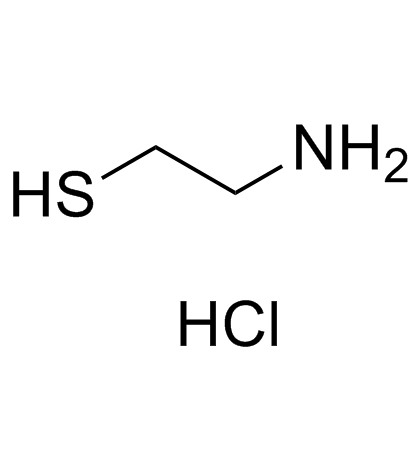
156-57-0 |
| Literature: Cui, Ying; Tan, Shiyu; Luo, Ziping; Dong, Lichun Asian Journal of Chemistry, 2010 , vol. 22, # 4 p. 3221 - 3227 |
|
~% 
156-57-0 |
| Literature: US5017725 A1, ; |
|
~% 
156-57-0 |
| Literature: US5017725 A1, ; |
|
~61% 
156-57-0 |
| Literature: Dutta, Anand S.; Giles, Michael, B.; Gormley, James J.; Williams, Joseph C.; Kusner, Edward J. Journal of the Chemical Society, Perkin Transactions 1: Organic and Bio-Organic Chemistry (1972-1999), 1987 , p. 111 - 120 |
|
~% 
156-57-0 |
| Literature: US4507500 A1, ; |
|
~% 
156-57-0 |
| Literature: Asian Journal of Chemistry, , vol. 24, # 7 p. 3247 - 3248 |
|
~% 
156-57-0 |
| Literature: Chemische Berichte, , vol. 22, p. 1138 Chemische Berichte, , vol. 24, p. 1110 |
|
~% 
156-57-0 |
| Literature: Agricultural and Biological Chemistry, , vol. 52, # 11 p. 2911 - 2918 |
|
~% 
156-57-0 |
| Literature: Chemistry of Heterocyclic Compounds (New York, NY, United States), , vol. 22, # 2 p. 161 - 166 Khimiya Geterotsiklicheskikh Soedinenii, , vol. 22, # 2 p. 206 - 211 |
| Precursor 9 | |
|---|---|
| DownStream 10 | |
| HS Code | 2930909090 |
|---|---|
| Summary | 2930909090. other organo-sulphur compounds. VAT:17.0%. Tax rebate rate:13.0%. . MFN tariff:6.5%. General tariff:30.0% |


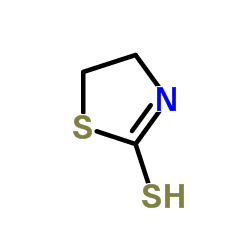
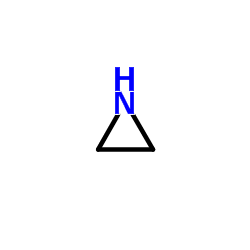


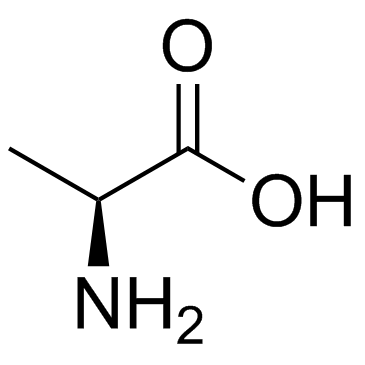

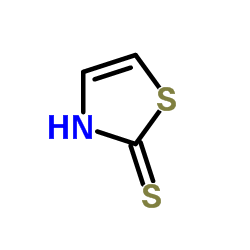


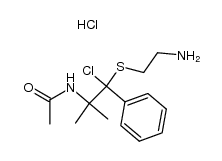
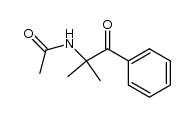
![2-[(3-chlorobenzyl)thio]ethanamine(SALTDATA: FREE) structure](https://image.chemsrc.com/caspic/253/106670-33-1.png)
![2-[(4-METHYLBENZYL)THIO]ETHANAMINE structure](https://image.chemsrc.com/caspic/215/106670-34-2.png)
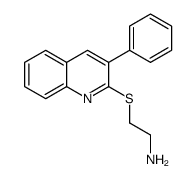
![[2-(Pyridin-2-ylthio)ethyl]amine dihydrochloride structure](https://image.chemsrc.com/caspic/237/42416-20-6.png)

![2-[[(5-methyl-1H-imidazol-4-yl)methyl]thio]ethylamine dihydrochloride structure](https://image.chemsrc.com/caspic/467/38603-72-4.png)


![2-[(4-Fluorobenzyl)sulfanyl]ethanamine structure](https://image.chemsrc.com/caspic/330/143627-49-0.png)
![2-[(2,6-dichlorophenyl)methylsulfanyl]ethanamine structure](https://image.chemsrc.com/caspic/168/48133-71-7.png)